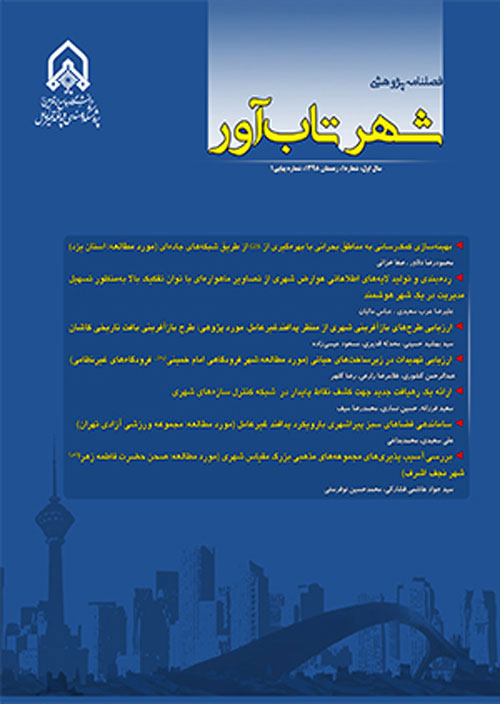Resiliency Concept Explanation in Electricity Network and its Relationship with Passive Defense
Power systems as main economic, security and natural life infrastructures have always been in the exposure of sabotage threats. Operational scheduling during disruptions, reducing probable damages, and reinforcing infrastructures considering passive defense goals are crucial and complicated tasks due to the large number of components in power systems and their interdependency and dispersion. Conventionally, passive defense is defined with a trihedral structure including prevention, protection, and response. However, due to emerging new security sabotage threats with low probabilities and high impacts beside natural disasters considering the resilience problem to lessen the impacts of disasters seems crucial. In this regard, the conventional trihedral augments to a structure with five pillars namely, prevention, protection, mitigation, response, and recovery. In the current paper these new concepts are discussed in power systems’ context. In the current literature, however, no practical quantitative measures are presented to precisely analyze the resiliency status of the system in different states (i.e. pre-event, during-event and post-event). Accordingly, the current paper firstly reviews and compares the common resiliency definitions in organizational, social, economic, and engineering systems along with electricity networks. Then, related but independent concepts such as risk, robustness, survivability, reliability, vulnerability and resiliency are compared and categorized. Finally, with assessing resiliency measures in social, national defense, and natural phenomena defining quantitative metrics for resiliency evaluation in electricity networks is facilitated. Eventually, explanation of recent aspects of resiliency in literature helps researchers to assess passive defense requirements in a resilient power system in a better way.


